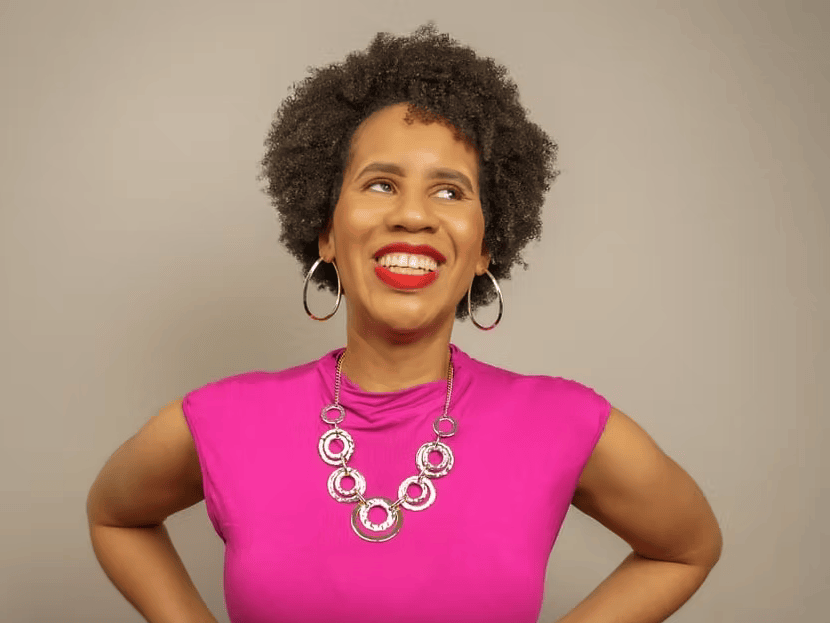Meet The Blind CEO Who Is Helping Companies Become More Inclusive

Trying to get your foot in the door in the corporate world as a Black woman isn’t easy. This becomes way more difficult when you’re also disabled. The employment rate for people with disabilities in the US reached 22.5% in 2023; the tech sector appears to have a lower rate. A survey of the global AWS community found that only 11% of respondents had a disability or neurodiversity.
Additionally, disabled people the unemployment rate for disabled people is reportedly twice as high as that of the general population, even though companies that are inclusive of people with disabilities are considered more financially successful.
It’s why Kamille Richardson, a blind CEO, founded iSee Technologies with her sister in 2019, after years of professional rejection. Today, the company is on track to hit 7-figures and has become a trusted partner for Fortune 500 companies like Disney, Kraft Heinz, and BASF in workplace wellness and employee inclusion.
For Blindness Awareness Month, POCIT sat down with Richardson to discuss her job rejections, being disabled in the workplace, and the three “blind spots” that keep companies from unlocking the full value of a disabled workforce.
Dealing with job rejections as a disabled woman
After graduating with a degree in media and communications from the University of North Carolina, Richardson was ready to enter the corporate world. But it turns out the corporate world was not prepared for her.
“When I started my early career search, it was filled with a lot of rejection, and a lot of times I would show up to the interview, ready to rock and roll, and they would see me, and they would see that white cane in my hand, and that temperature would drop about 20 degrees,” she told POCIT. Dealing with several job rejections affected her self-esteem, so she decided to become a licensed therapist and an assistive technology trainer.
“I was teaching blind people how to use their phones, the screen-reading software on their phones and their computers, and whatnot. I did that so that people could learn how to become more connected with the world around them, and they could regain their independence and possibly gain gainful employment.”
However, she realised that many of the blind people she was working with faced the same job rejections she did. That’s when she decided to create iSee Technologies.
Helping companies become more inclusive
As a keynote speaker, Richardson gives a talk called “The Magic of Being Different,” in which she discusses how “I talk about how disability inclusion will net you 28% higher profit and double the net income.”
She trains companies on how to get rid of the biases that keep people from hiring people with disabilities. She shares that one of the misconceptions about hat people are afraid of is that disability inclusion is going to be expensive. “59% of the accommodations needed for people with disabilities doesn’t cost a thing, and the other 41% cost less than $500,” she says.
The three blind spots
Richardson shares the three blind spots that can transform companies.
- Disabled Talent is a Competitive Advantage. Companies that champion disability inclusion achieve, on average, 1.6 times more revenue and 2.6 times more net income than their peers who lag in inclusive hiring.
- Ignoring Your Audience/Be a Corporate Hero. One in four Americans (28.7%) lives with a disability, and together, they have $18 trillion in total spending power. Demonstrating inclusive values yields loyal customers and attracts talent.
- Ignoring Disability. While some disabilities are obvious, some are not as easily detected. Depending on how an employer manages disability, employees may feel like they have to mask their disability, which takes a serious toll. Studies of autistic adults found that masking leads to loss of identity, burnout, and even delayed diagnosis. If employees can maintain high psychological safety at work, they engage more, report less absenteeism, and experience greater innovation (Journal of Business Psychology).
Image: Kamille Richardson



